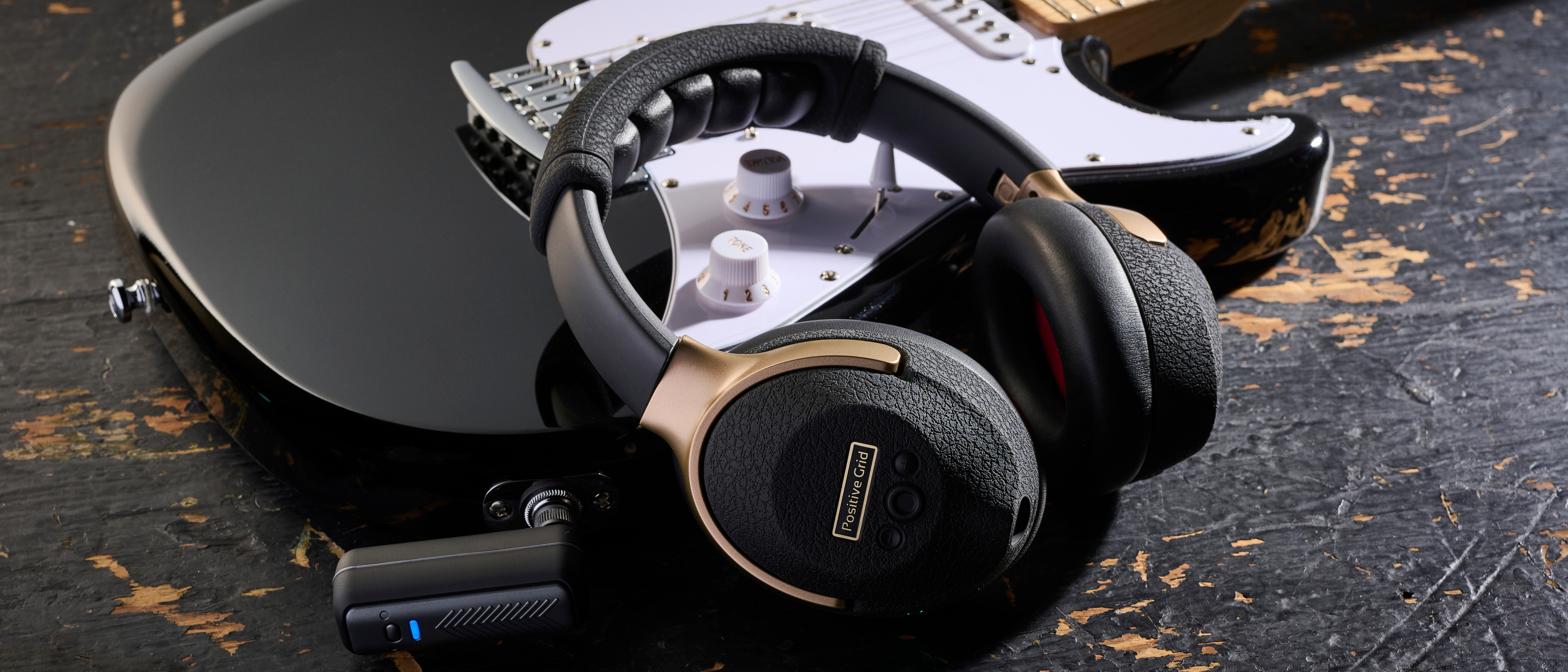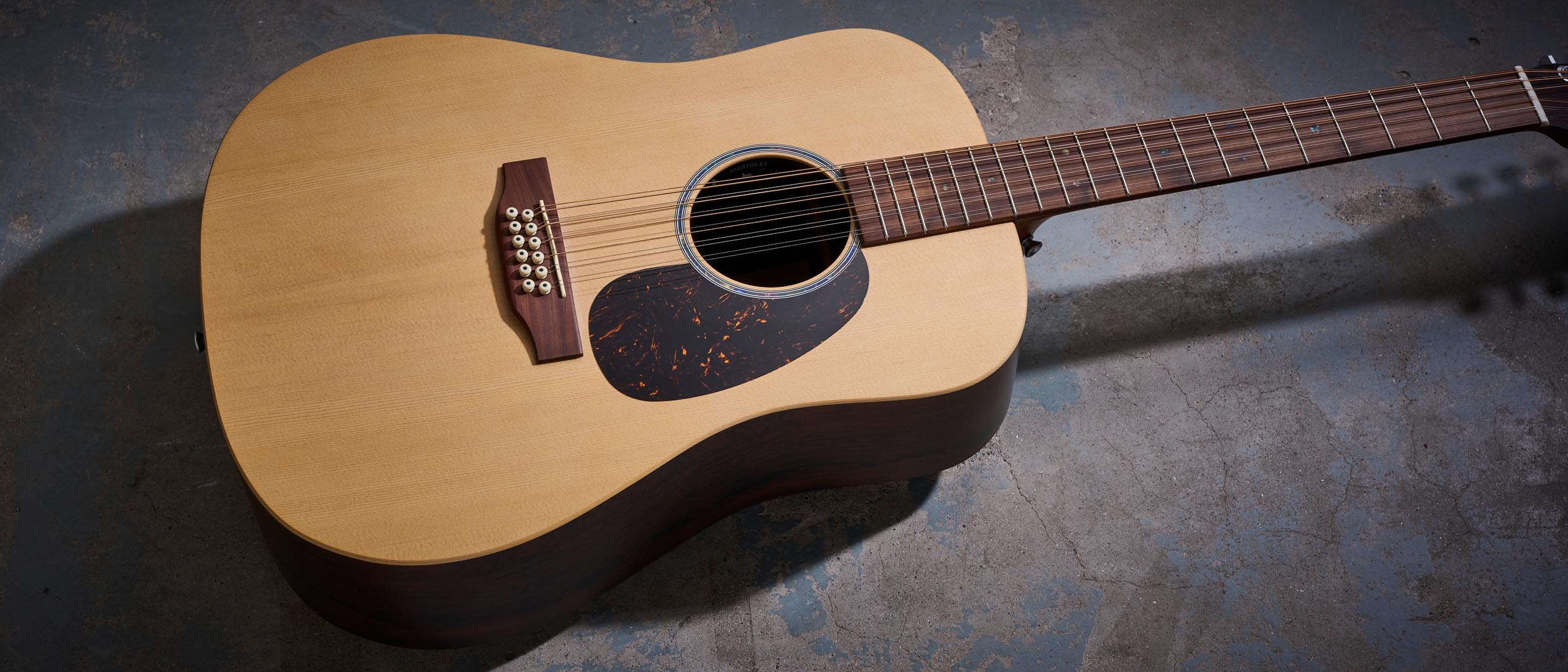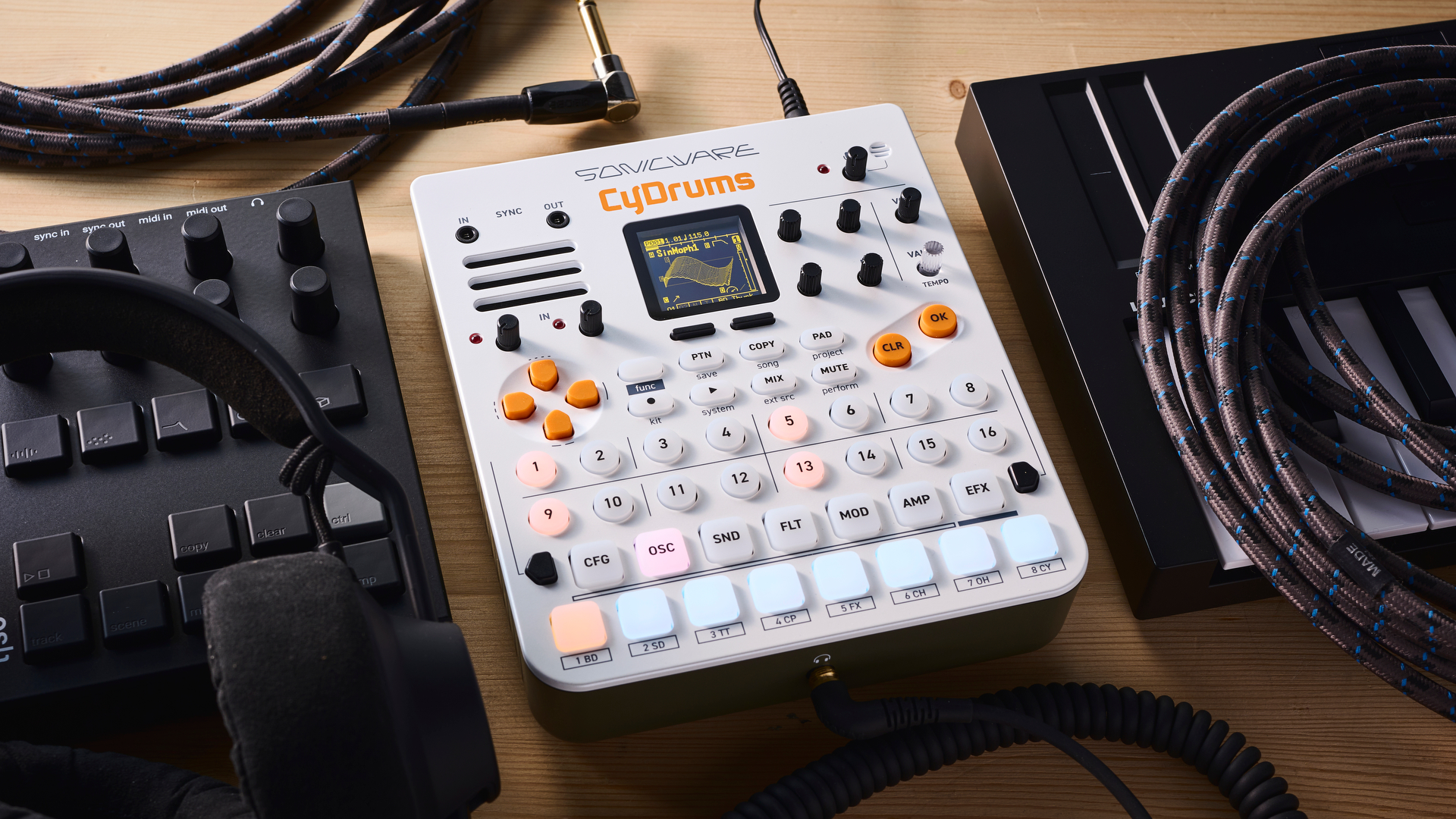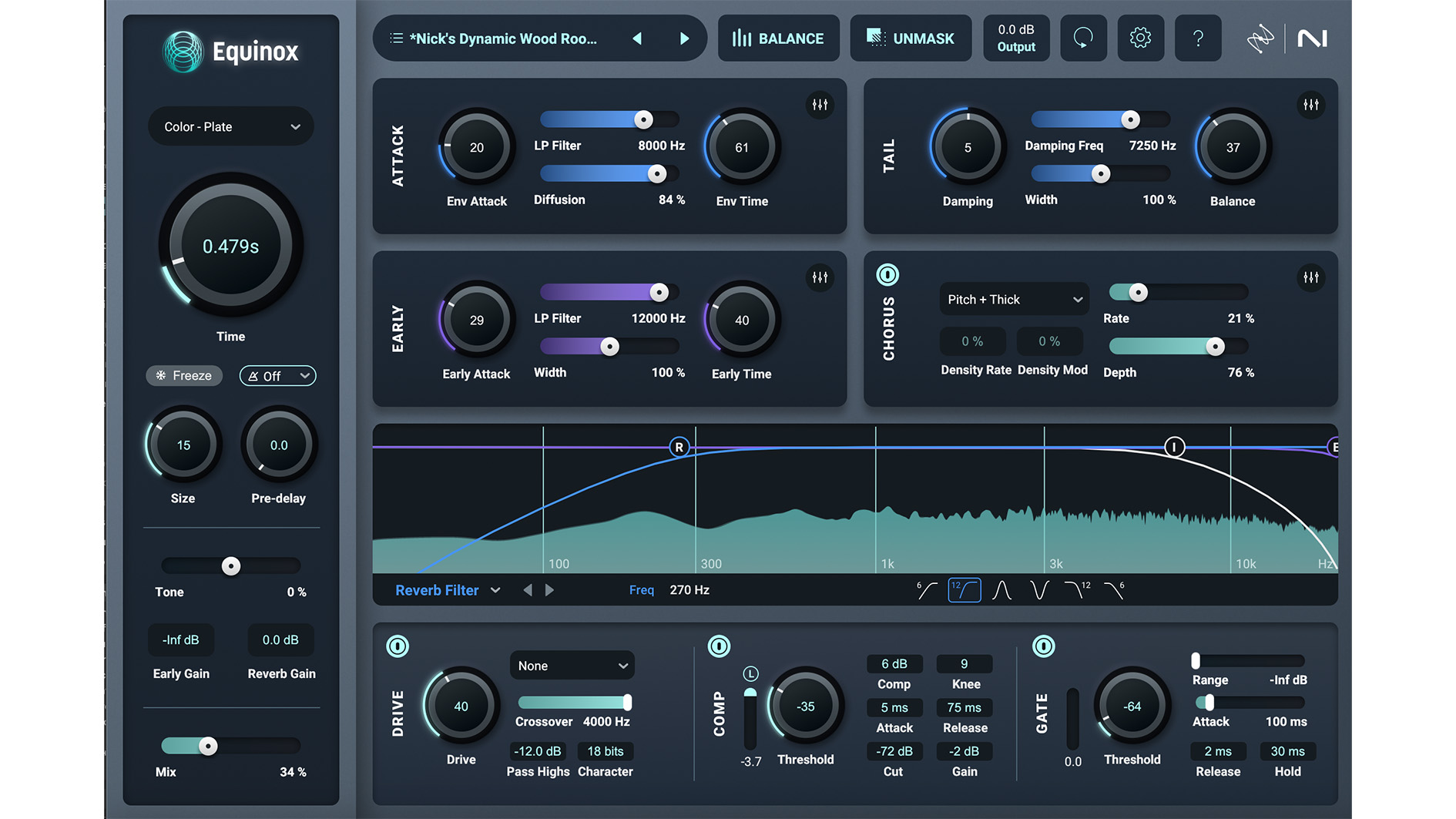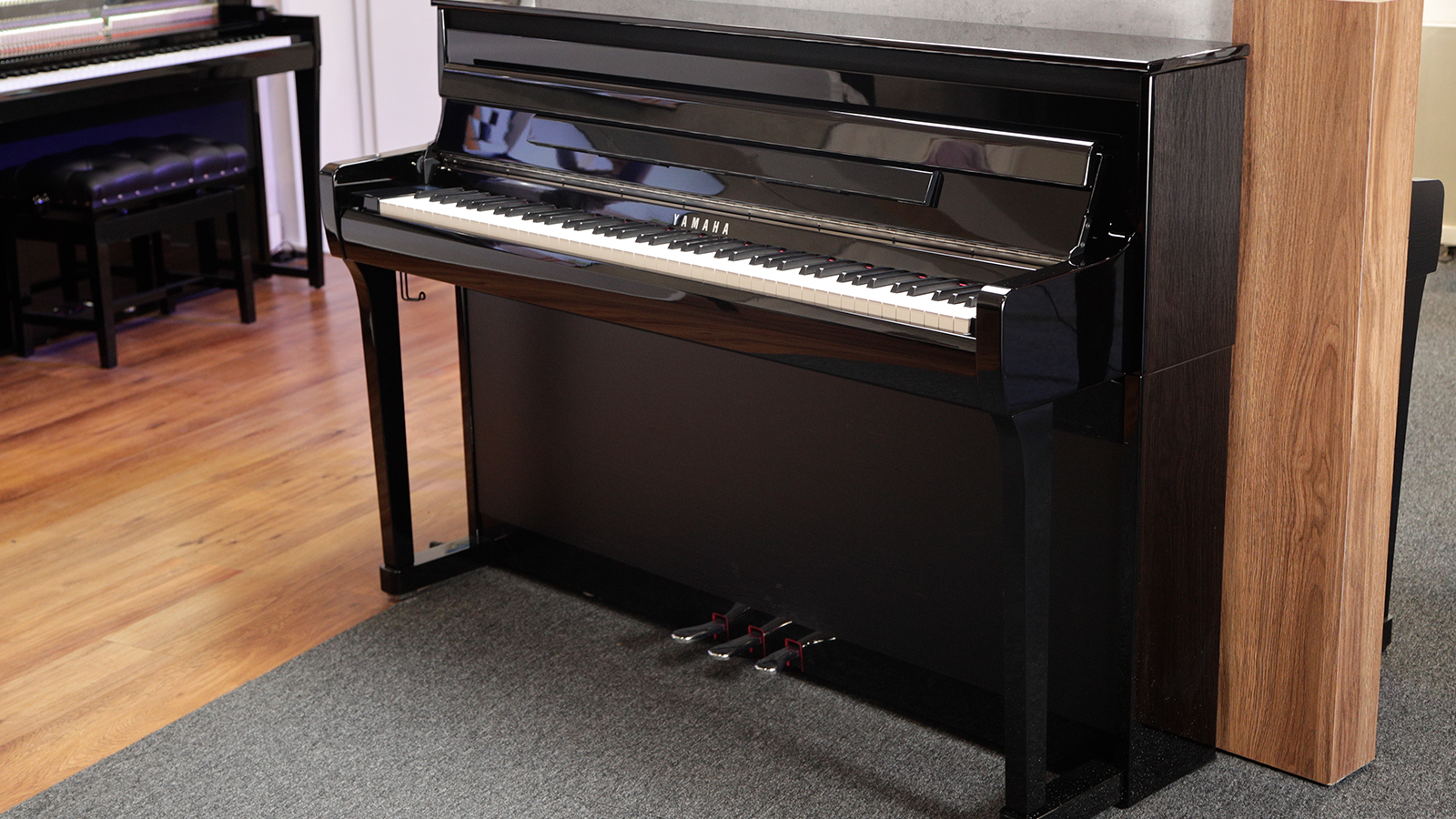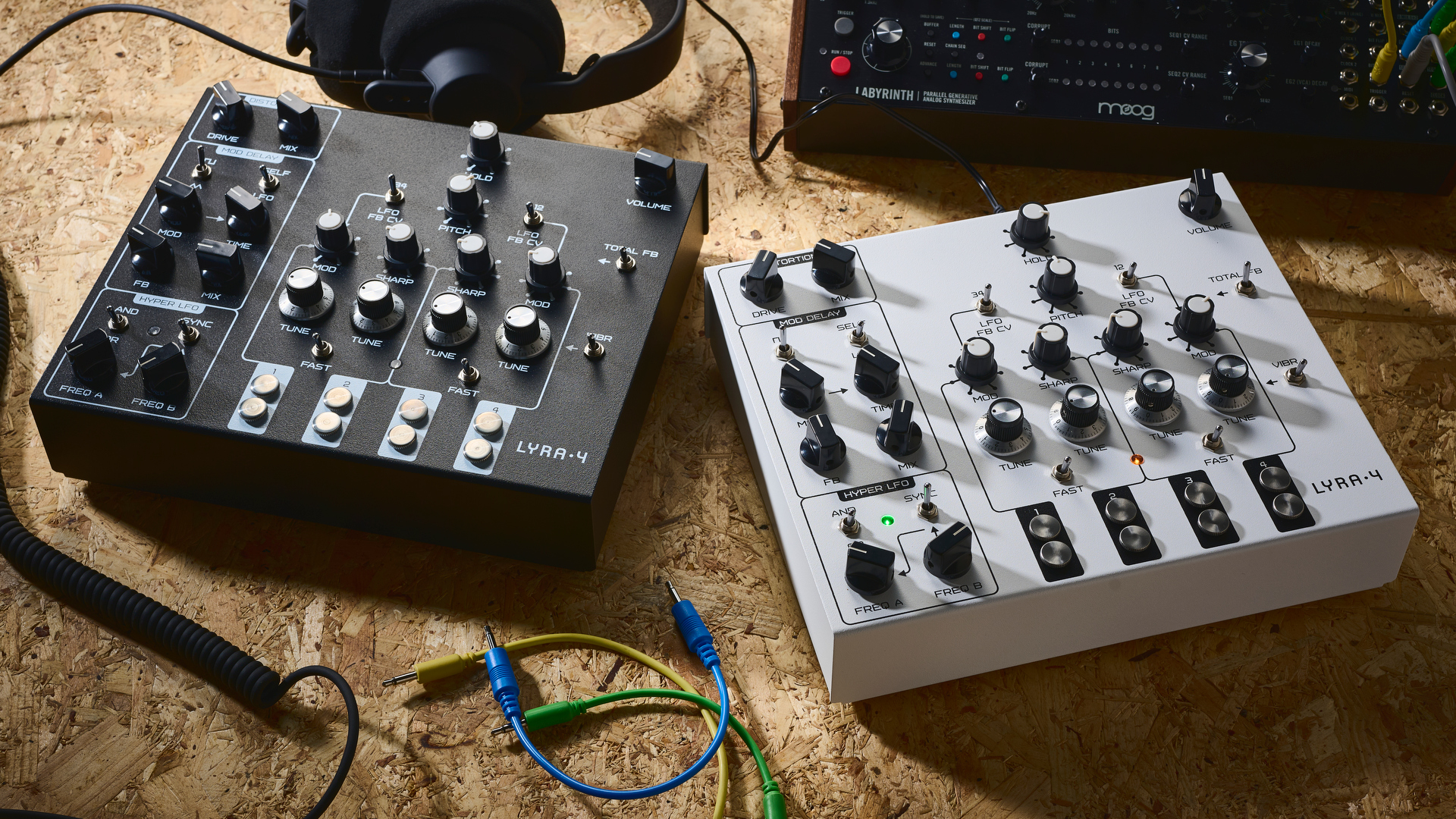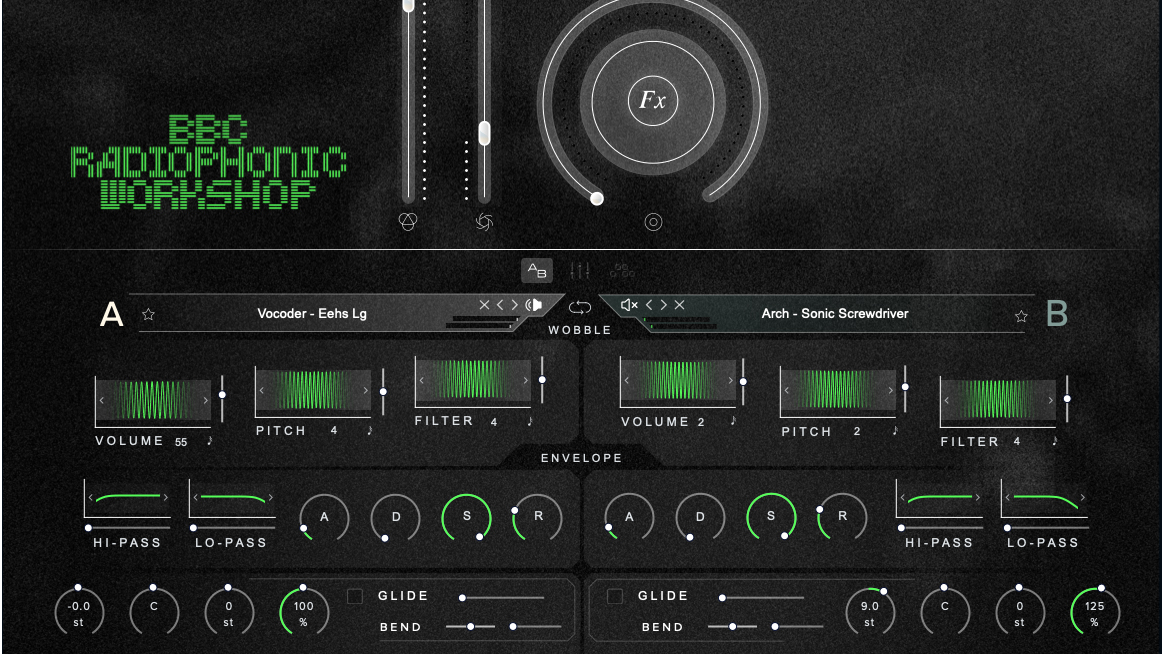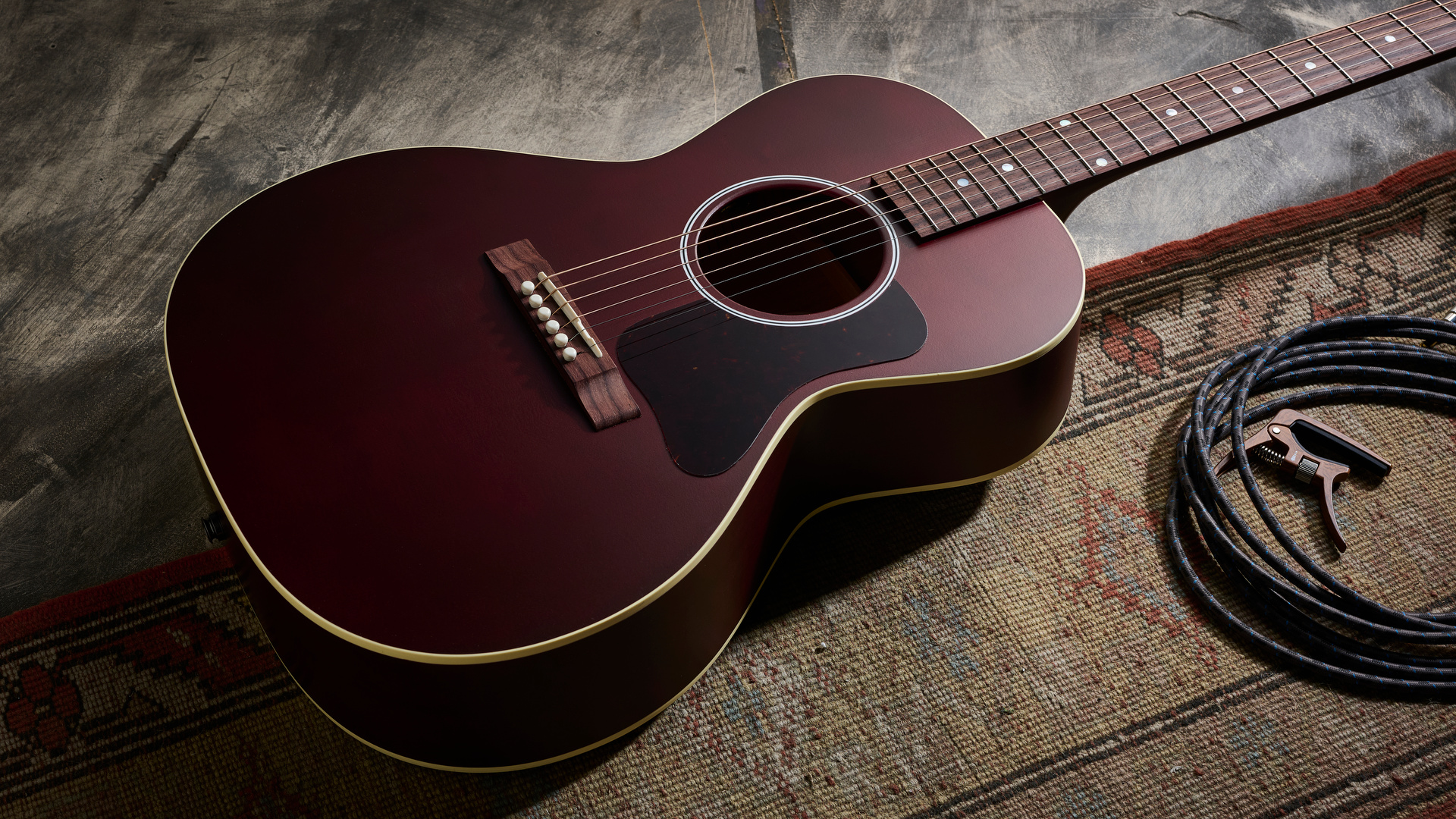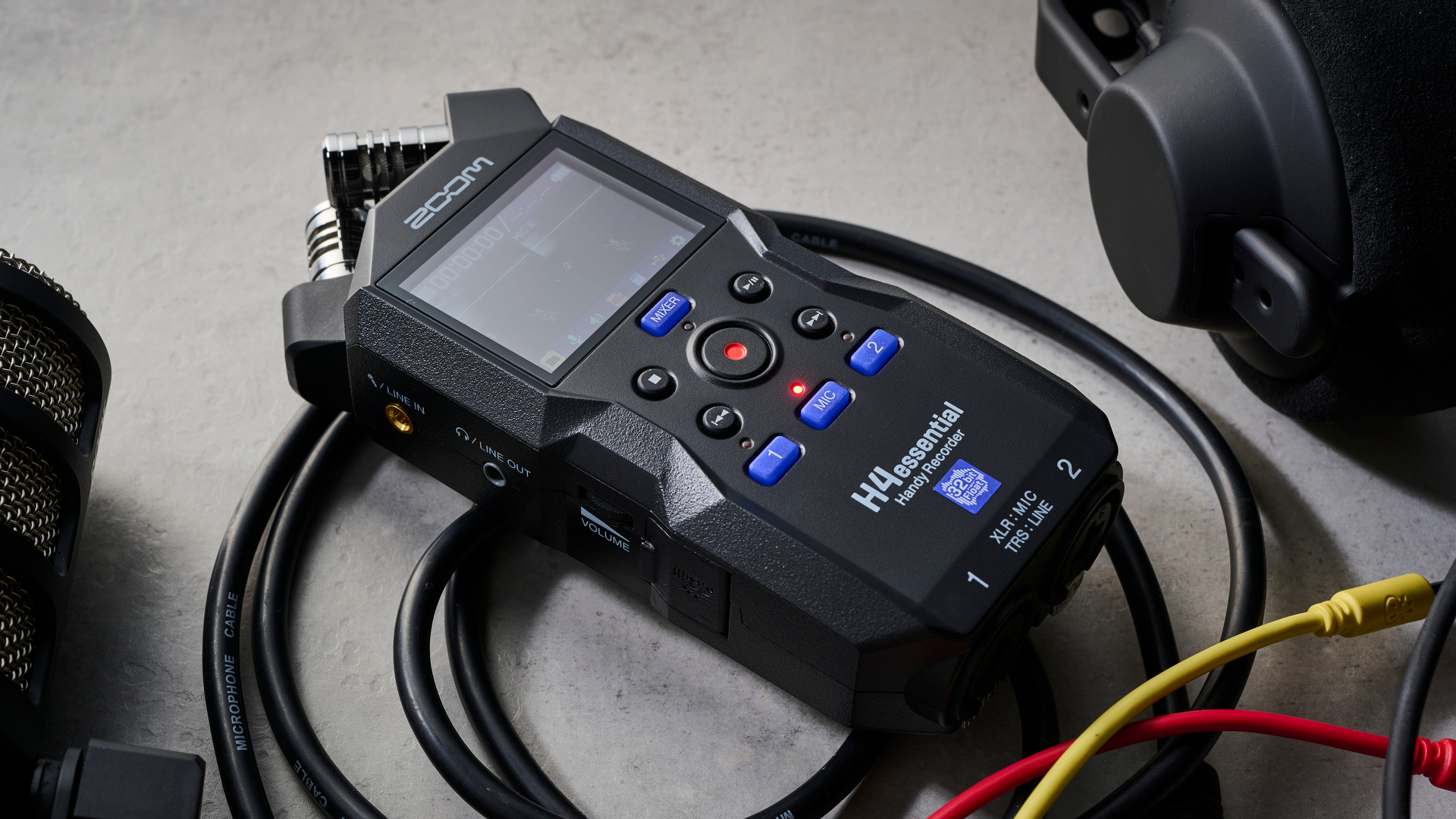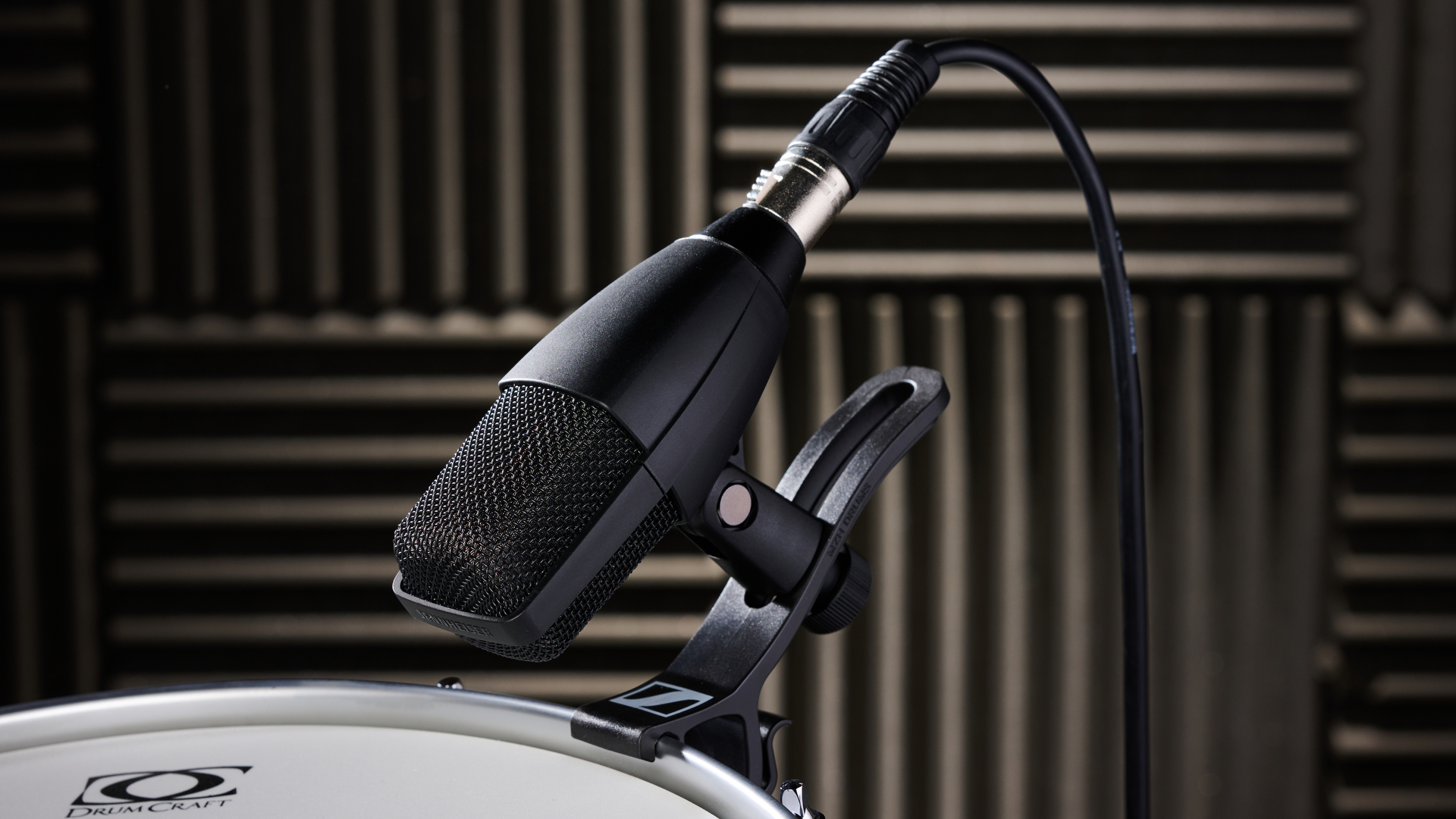MusicRadar Verdict
Intuitive, immersive, stylish and comfortable, the Spark Neo is a compelling wireless headphone guitar amp solution for anyone who wants to play whenever and wherever without compromising volume – though existing Spark owners may miss some of the absent app features here.
Pros
- +
The best value all-in-one wireless practice solution right now.
- +
Easy to access and edit a range of excellent amp and effects options.
- +
Comfortable to wear.
- +
Can be used as Bluetooth headphones.
Cons
- -
They really should come with a case.
- -
Some app functionality missing Vs other Spark models.
- -
You can't record via USB like other Sparks.
MusicRadar's got your back
What is it?
Ever felt under attack as an electric guitar player? Look around you every time you turn up the volume on your amp to play when there's anyone else in the room you can be on the receiving end of the wincing and disapproving glances of your family and housemates. You know those looks, and the feeling that your life with a guitar can feel like one of compromise until you get into a rehearsal room or on a stage to turn up the volume.
Price: $199/£189
Frequency range: 20Hz – 20kHz
Headphone sensitivity: 100dB SPL (@ 1kHz)
Impedance: 32 ohms
Drivers: 40mm ABF Diaphragm
Wireless range: 5 meters
Playtime: Up to 8 hours
Buy from: Positive Grid
But things have been looking up for us house players in recent years in the practice amp stakes – and now Positive Grid may have just aligned its Spark Amp tech with the perfect platform for us all with the Spark Neo.
Positive Grid's Spark story has been impressively relentless lately; its flagship 40-watt desktop practice amp is already on its second iteration. We've had the Spark Mini, the even smaller Spark Go, the Spark Live, Spark Edge… anything missing? The FRFR speaker Spark Cab, of course! All have taken the US company's 'smart amp' idea and delivered it for different needs. And it has been a smart idea. The concept has resonated with players for inspiring tones and app functionality that make learning and jamming easier and fun. But there's a catch.
With every one of those models there are speakers involved, and though those all have headphone outputs, none offer a designated headphone design and wireless experience out of the box. Wireless guitar systems like Positive Grid's own Spark Link can help but they're an added investment. In addition, quality will vary on the (wired) headphones you're using. The Spark Neo changes that – it's a Spark amp in a pair of headphones with a wireless transmitter included.
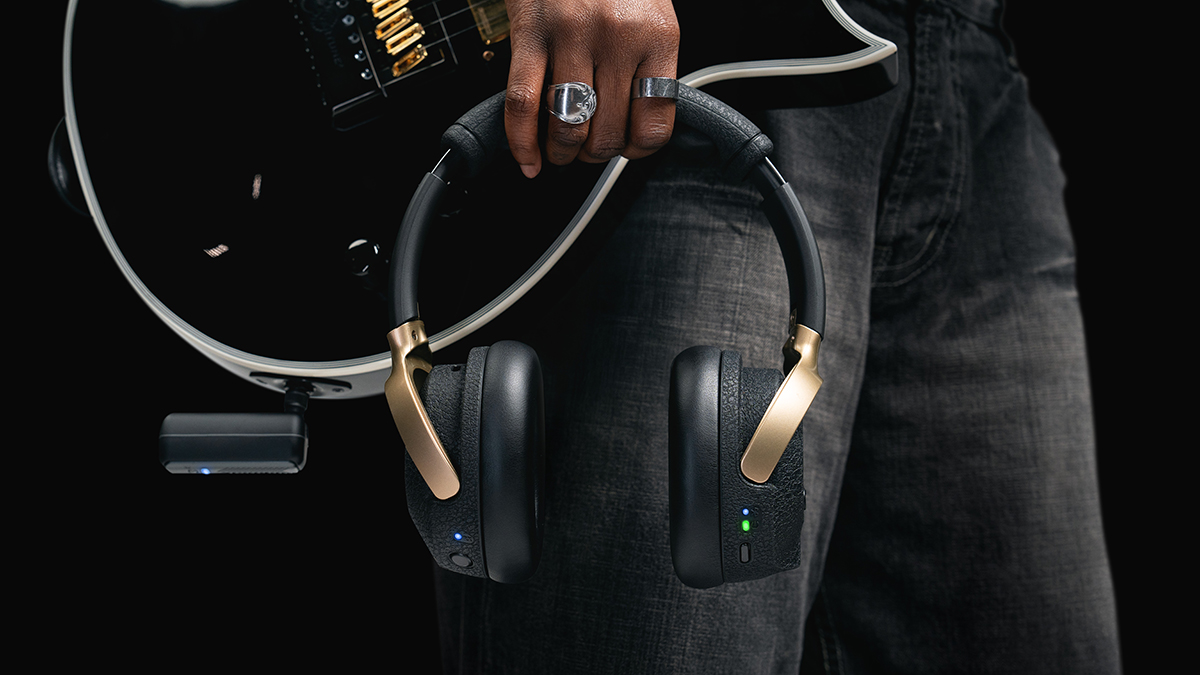
It's not a new concept of course. Boss notably did it a couple of years ago with the Waza-Air. But the price of entry felt high at nearly $400 at launch. Especially so in the wake of what would follow aimed at the headphone amp experience.
Fender's Mustang Micro and Mustang Micro Plus, as well as Boss's own – recently relaunched – Katana Go pitched their features and price packages compellingly. This was surely something we could all get onboard with; tiny rechargeable modelling and effects amps to take anywhere at less than the price of an average overdrive pedal. And yet there was a still a snag; in a world that's moved to wireless earphones for everyday use, these models were only compatible with the wired kind.
The Spark Neo carries the weight of my higher expectations in the wake of this tech; it's priced between these mini amps and the leading wireless headphone model. Is this the Goldilocks headphone amp? The smartest Spark yet?
Specs
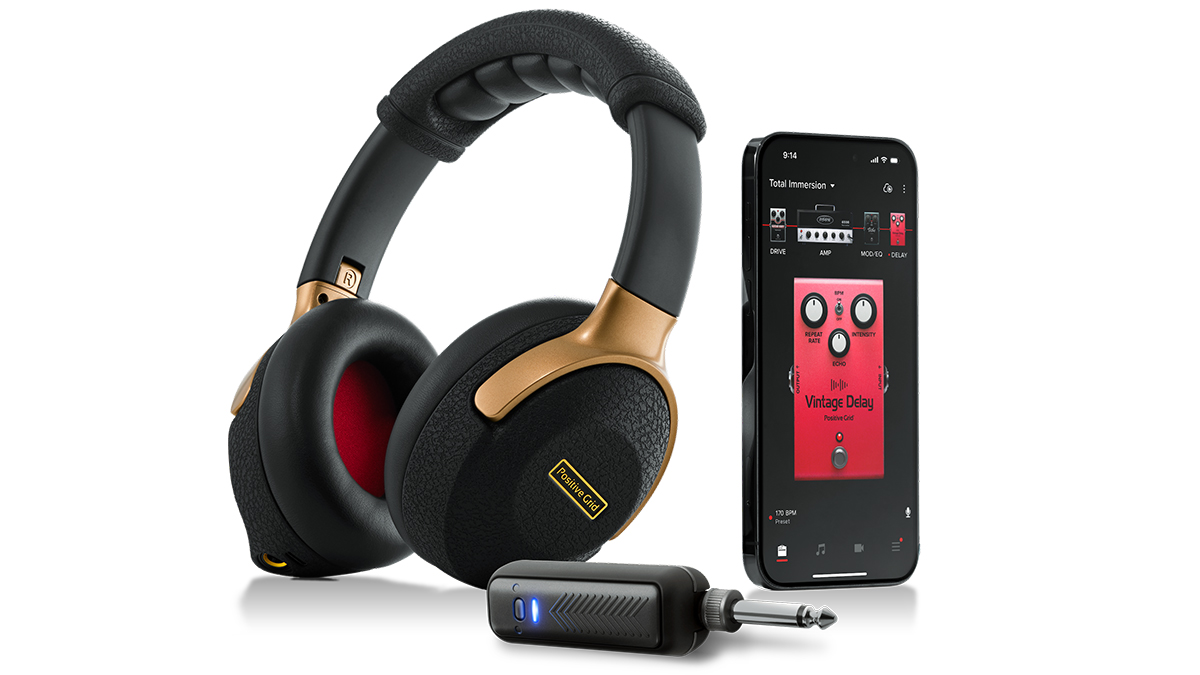
Launch price: $199/£189/€239
Type: Modelling amp and effect wireless headphones with transmitter
Made: China
Speaker drivers: 40mm ABF Diaphragm
Headphone Sensitivity: 100dB SPL (@ 1kHz)
Impedance: 32ohms
Frequency range: 20kHz-20kHz
Bluetooth: 5.0
Hardware controls: Preset Selector, Guitar Volume, Power button / Bluetooth Pairing (streamed audio volume controlled at source device e.g smartphone)
Wireless Receiver power button
Wireless transmitter: 2.4GHz
Latency: 3.8ms
Features: Bluetooth streaming, four onboard presets, 33 amp models, 43 effects accessible via Spark app, app also includes Spark AI for tone matching, Auto Chords, 100,000+ tones via ToneCloud and Tuner
Battery life/charging time: Headphones up to six hours with guitar and up to eight for music playback, transmitter up to 13 hours. Charging time 3.5 hours (headphones) and 2 hours (transmitter) via USB-C
Connectivity: 1/4" guitar input
Footswitch: Not included but compatible with Spark Control and Spark Control X
Dimensions: Headphones: w180×d195.22×h80.81mm. Transmitter: 107.3mm x 27.7mm x 25.4mm
Weight: 372 grams (headphones only)
Dimensions: WxHxD mm
Contact: Positive Grid
Build quality
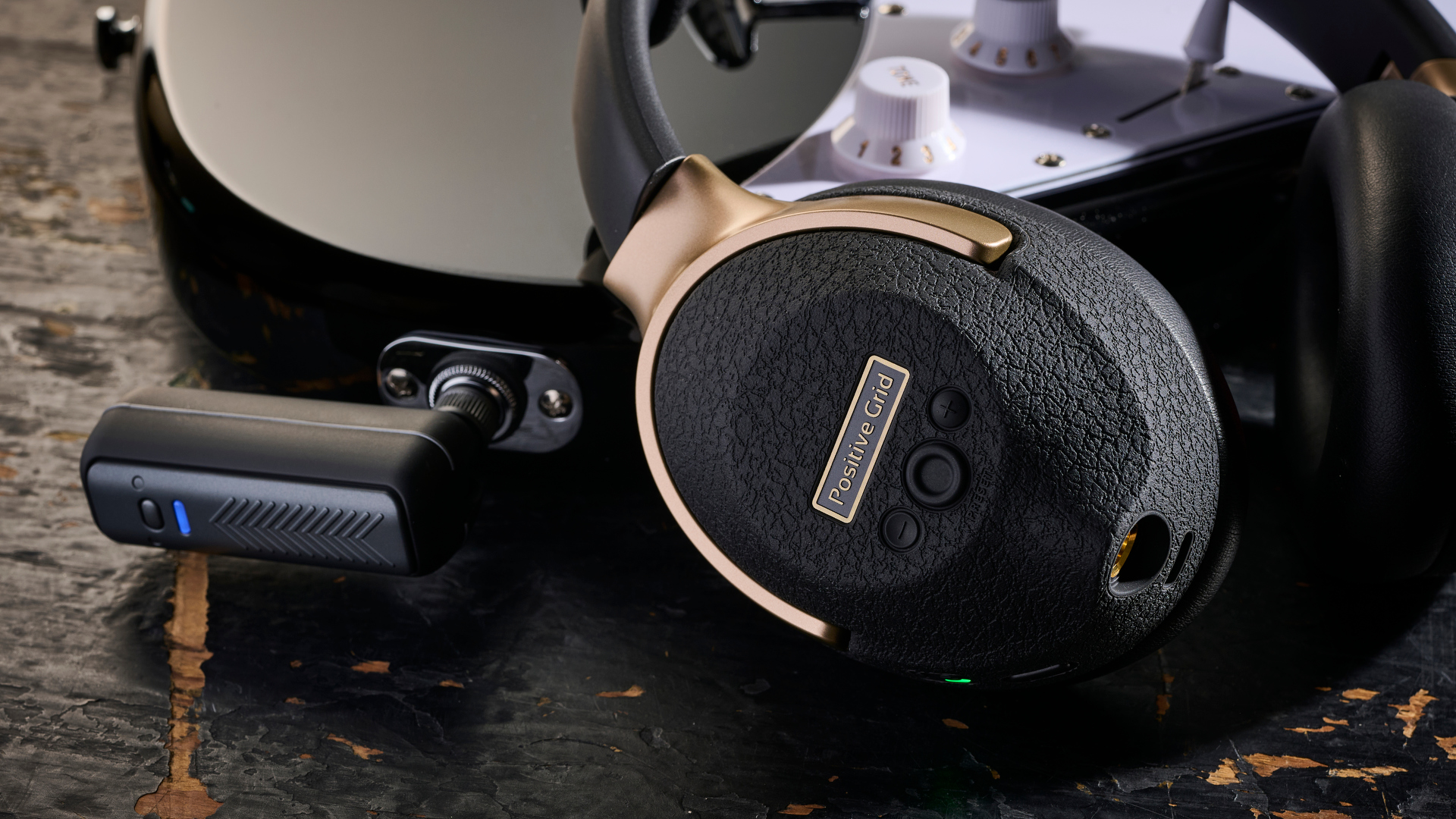
Build quality rating: ★★★★☆
We all have different heads on our shoulders so the idea of comfort level with any headwear will have different reactions, but despite not having an especially large bonce but still on the larger side of a Flexifit baseball cap, I've found a few big name brands fall short with headphones. And it's always the same thing; they start to feel tight after prolonged use. I'm glad to say that's definitely not the case with the Spark Neo headphones in the weeks I spent testing; they are comfortable and well-built, despite the added weight (372 grams on my scales) over usual overhead cans.
Taking cues from the rubber texture of the Spark Go's case works well here for the cans themselves and the headband. Rugged but stylish with the now signature Positive Grid gold for the logos and plastic can holders and red interior. The headband is angled slightly forward in relation to the headphones to enhance the fit. The aesthetic successfully blends a premium look with something that is still distinctly part of the Spark ecosystem.
While the Spark Neo headphones feel solid, I wouldn't want to push a $199 investment into the mix with the other contents of my backpack so I do find the lack of an included case of any kind disappointing here. While I do take into account the costs and margins involved, as a user it's something I'd expect with this specific piece of gear that's so travel-friendly – or indeed any higher-end headphones in general. Especially considering some of us may use these as Bluetooth headphones for music listening on the go too.
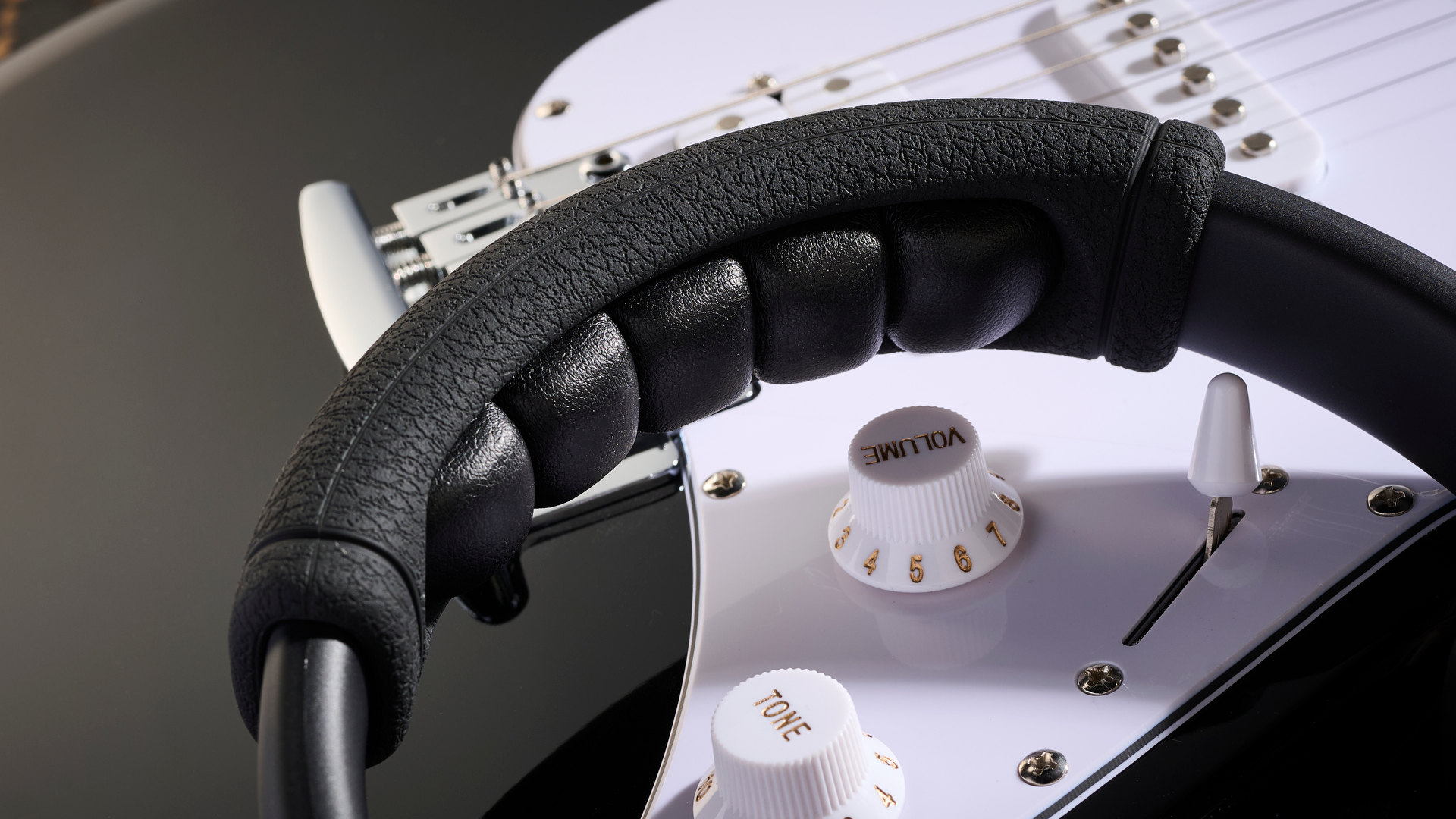
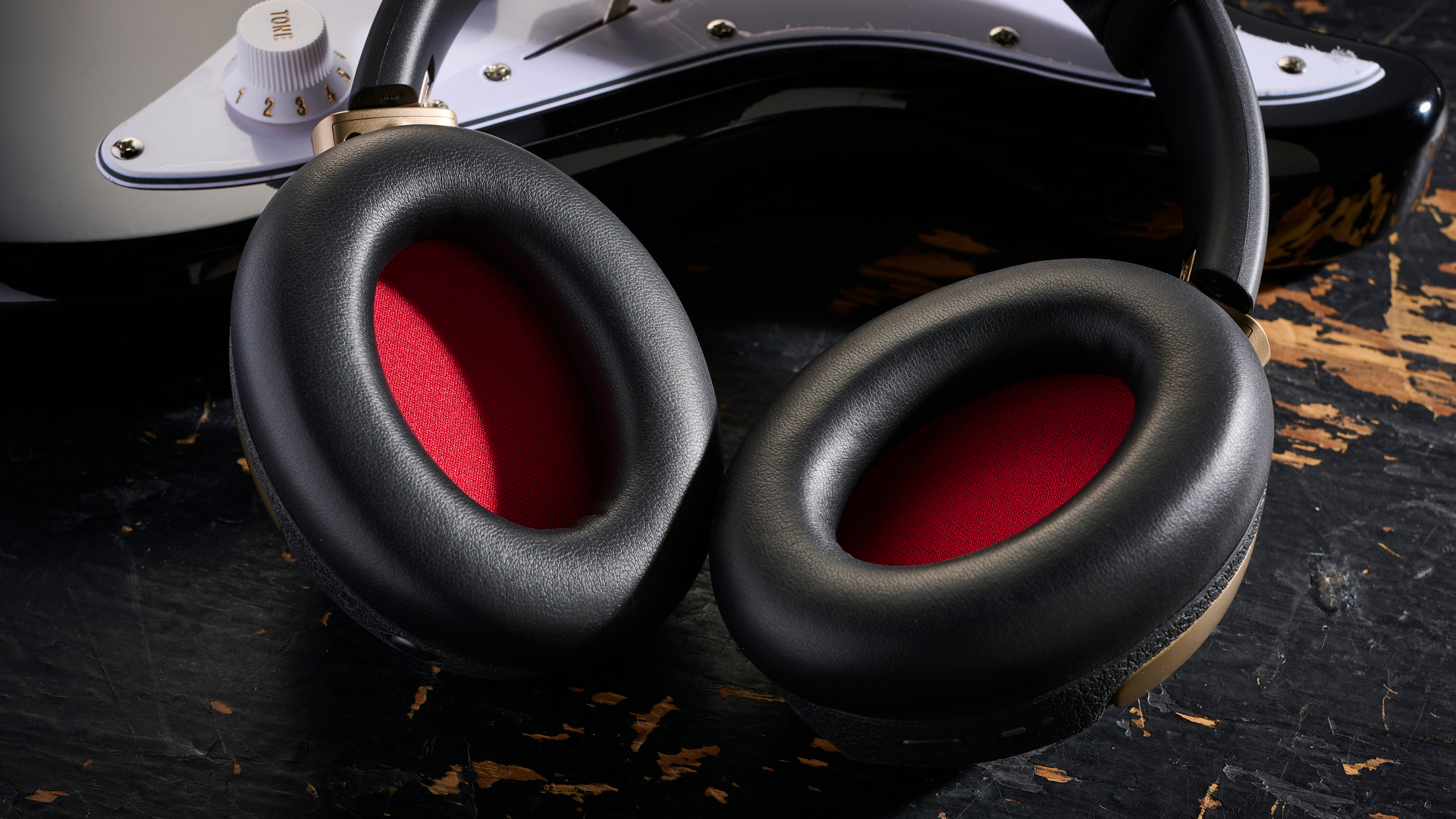
Like the headphones, the 2.4GHz wireless transmitter included that plugs into your guitar or bass is charged via a USB-C cable (included) with up to 13 hours of playing offered (up to six for the headphones in guitar mode and eight for music playback).
Anyone familiar with the Spark Link would be forgiven for assuming this is one half of that system, but this isn't the case. This transmitter has a shorter range of 3-5 metres and is not compatible with the Link system. But there's also a 1/4-inch input on the right headphone for a cable input if your battery life runs out.
One button to turn the transmitter on and off with an LED letting you know the battery status keeps things simple, in theory. How well the combination performs in practice is the next stage of my test.
Usability
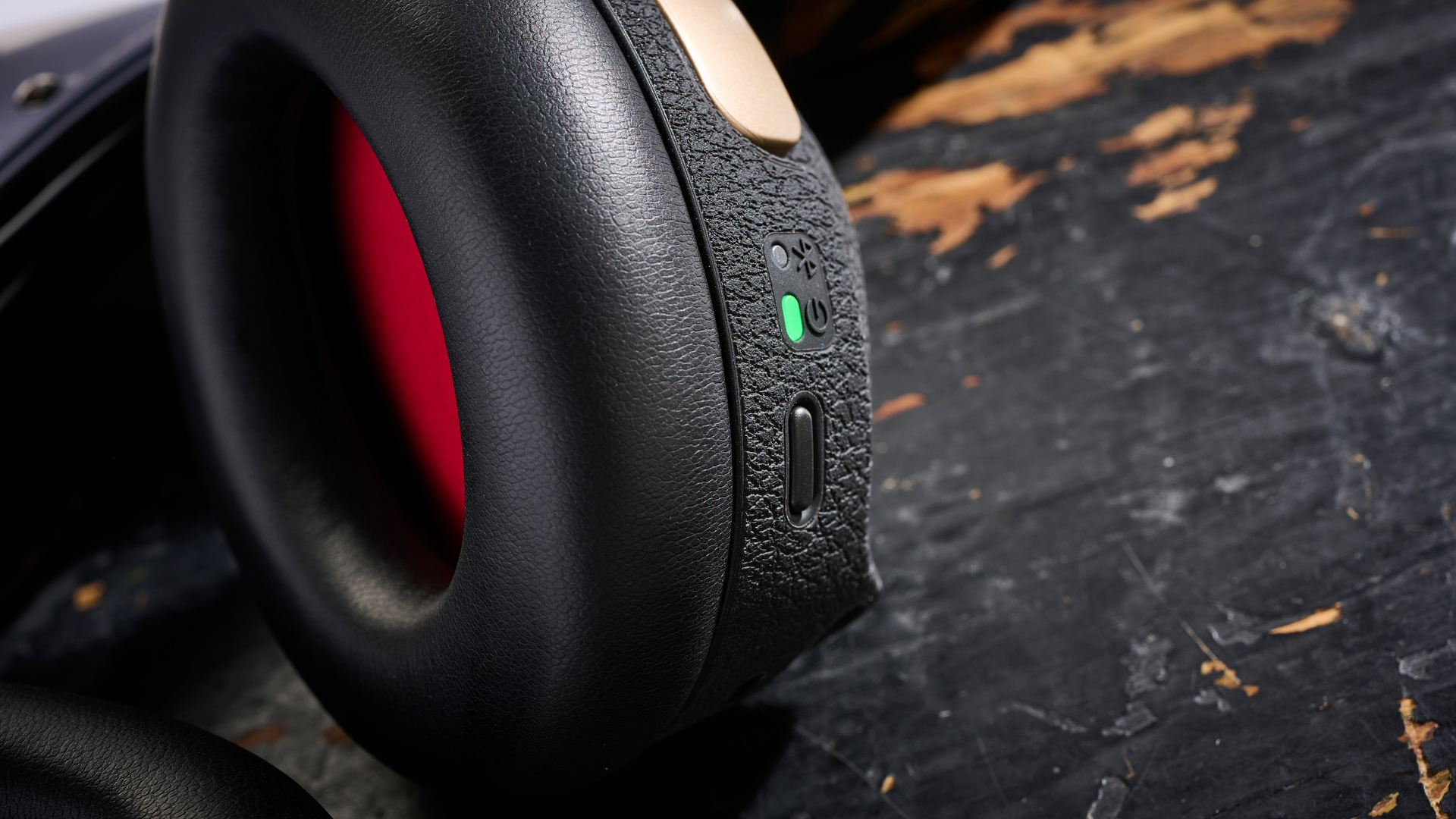
Usability rating: ★★★★☆
As this is a Spark amp, there's a whole other control experience to be accessed with that smartphone / tablet Spark app
I know we're supposed to read the manual with any electronic gear but come on, how many of us really do that? We want to plug in and play! With that in mind I often have a five-minute test I do with any amp or effect. Can I get started with it and start having fun in under five minutes? The Neo passes with flying colours.
Correctly guessing the power button as the solo physical control on the right headphone front and turning on the transmitter was all it took to get going. From there the logical questions are how do I adjust the volume and how can I change the sounds?
Three rubber inset buttons on the right headphone's side hold the key; one large central button switches between the four onboard preset slots and either side of it are smaller buttons controlling volume up and down. It's intuitive enough to confidently operate while wearing the headphones. On the left earpiece is one button and LED for the transmitter pairing but this linked automatically on powering up for me. The right headphone has the Bluetooth button for connecting to your device for using the Spark app.
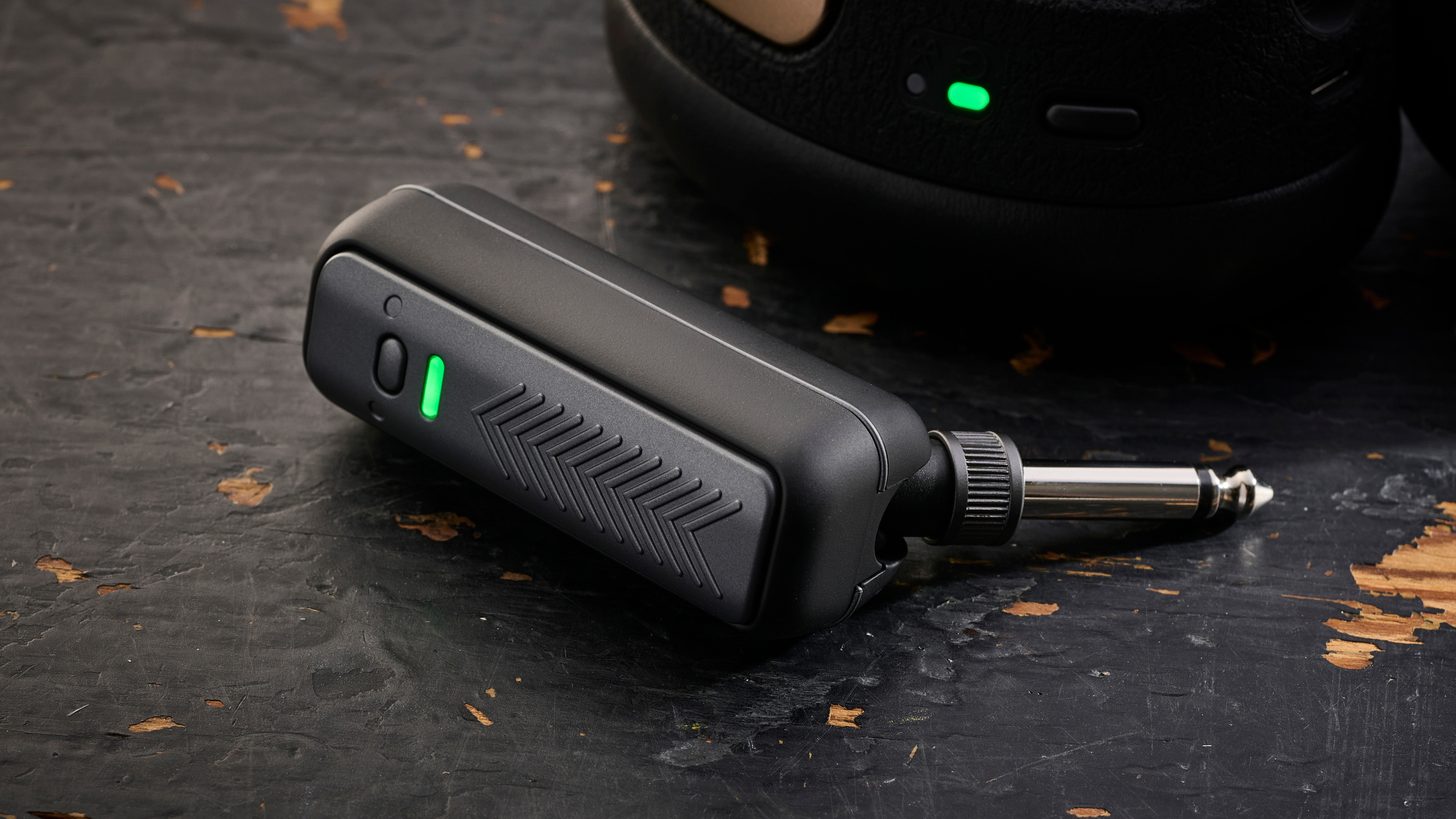
As this is a Spark amp, there's a whole other control experience to be accessed with that smartphone / tablet Spark app. But like the other Spark amps, how deeply you want to get involved in that side of the connectivity is up to you; you could select or build the virtual signal chains for your own preset preferences and never touch the app again. But you'd be missing out on some great features – though I found there's a few missing from the Neo experience.
The Smart Jam, looper and in-app video capture features on the Spark app are not compatible with the Neo
The Smart Jam, looper and in-app video capture features on the Spark app are not compatible with the Neo. This is the first Spark amp hardware to date where this has been the case and of the three, the Smart Jam (where the app will create a backing tracking from your guitar playing) and looper's absence is the most keenly felt because they can be so useful for practice and working on song ideas.
These omissions aren't dealbreakers but they don't quite make sense to me, given something as streamlined as the Spark Go has them. And unlike that mini amp, there's no way to record via USB with the Neo. Thankfully there's enough here to celebrate elsewhere.
In fact, I felt like the Smart Chords feature and ease in which I can search for any song on YouTube for it to transcribe the chords and play along to suits the headphone format best for me. It's completely immersive and I'll change amp and effect models on the fly via the app to suit the song I'm playing along to – being able to really focus on the sounds and dynamics.
Whether I was adding my own guitar lines to a synthwave track by The Midnight to playing along to Nirvana favourites. I like seeing the visuals of the YouTube video on my phone screen as a I play too. It helps me get lost in it while I grab 15 minutes after my kids are in bed, or while they're watching TV in the lounge.
And I keep coming back to the Neo, which is great because this kind of playing isn't just fun, it tests me to come up with ideas on the fly. The wireless freedom of being able to move around the house, or quickly swap between guitars with the Transmitter helps too.
But this all simply wouldn't work if the sounds were a letdown.
Sounds

Sounds rating: ★★★★½
The ease of being able to do it all wirelessly with a setup that is for my ears only makes the Neo the best Spark iteration yet for my preferences
If you've used a Spark amp before your mind may already be made up about the sounds here, but I maintain the selection of amps and effects the Spark BIAS Tone Engine delivers will cover the needs of most of us. And cover them very well.
You're given four presets that cover clean, crunch and heavy out of the box. But I soon wanted to upload my existing favourites from previous Spark use. With one exception – I recently bought a Squier P-Bass I explored some of the sounds players had built with virtual signal chains and shared on the app ToneCloud to audition as my fourth preset alongside clean, crunch and heavier guitar tones. It's been great for playing along to songs I know via the app's streaming feature, as well as some songs I don't.
Of course, you can do this on any previous Spark amp, but the ease of being able to do it all wirelessly with a setup that is for my ears only, makes the Neo the best Spark iteration yet for my preferences. And with no more perceptible latency than any other modellers I've used (Positive Grid state it's 3.8ms).
The Neo doesn't have active noise cancellation but the headphones isolated the sound very well in my use – as my family constantly needing to tap my shoulder attests. The bass separation is clear and powerful, and I actually found myself using the Neo for music listening too. For those who want more treble, there's an EQ pedal you can tweak after adding to the signal chain (with a separate one for bass guitar) but it means you can't use any other modulation effects in that slot.
Volume levels might need some tweaking too. While you can set Presest Volume Normalisation between Soft, Standard and Loud on the app, the nature of gain means you'll want to tinker with amp and drive levels in your virtual signal chains so the changes aren't too abrupt between switches. I certainly found the volume level more than enough for my needs. The app also offers a Hi-Z mode you can turn on to adjust the output for higher output pickups or extended range guitars. A battery meter in the app is also a handy way to keep an eye on status aside from the hardware LEDs.
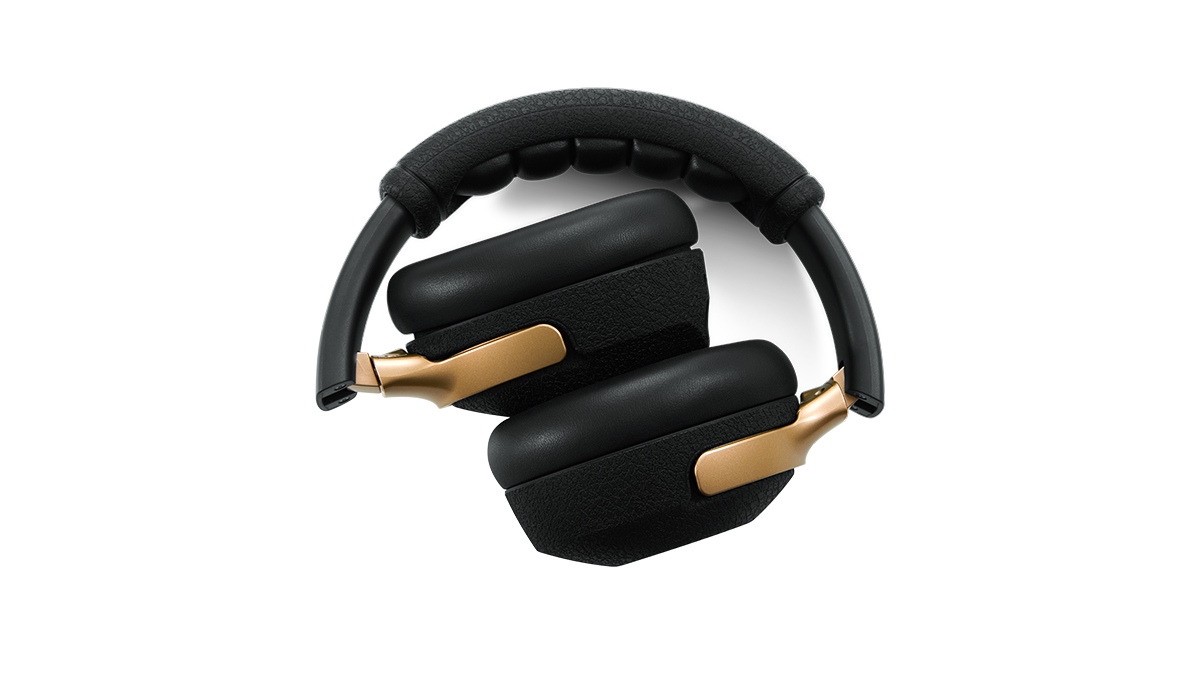
The experience of playing guitar through headphones is something I've taken longer than most of my colleagues to come around to, It often just felt too compressed and compromised with modelled tones. Reviewing the Neural DSP Nano Cortex and UA's native amp plugins showed me that's not always the case, and here the sense of being 'in the room' with an amp to some extent, rather than having my ears pummelled into fatigue by the 40mm drivers, surprised me.
I could see the Neo being a hugely beneficial amp option for anyone learning and perhaps struggling to focus in their environment.
It changed things for the better in other ways too; because I'm intimately hearing my playing back at me without distraction, I found myself working harder to get better. Especially my metal rhythm technique, which has always been in need of discipline. I could really hear where I was lacking, and making gains as I went along. I could see the Neo being a hugely beneficial amp option for anyone learning and perhaps struggling to focus in their environment. As well as a great option for anyone who travels with their guitar.
And if you ever prefer to use your own physical rig, there's also the option of turning off the effects and amp modelling to use it in flat response mode and plugging it into the output of your pedalboard. This is something I've done with the 40-watt Spark in the past as a practice rig.
Verdict
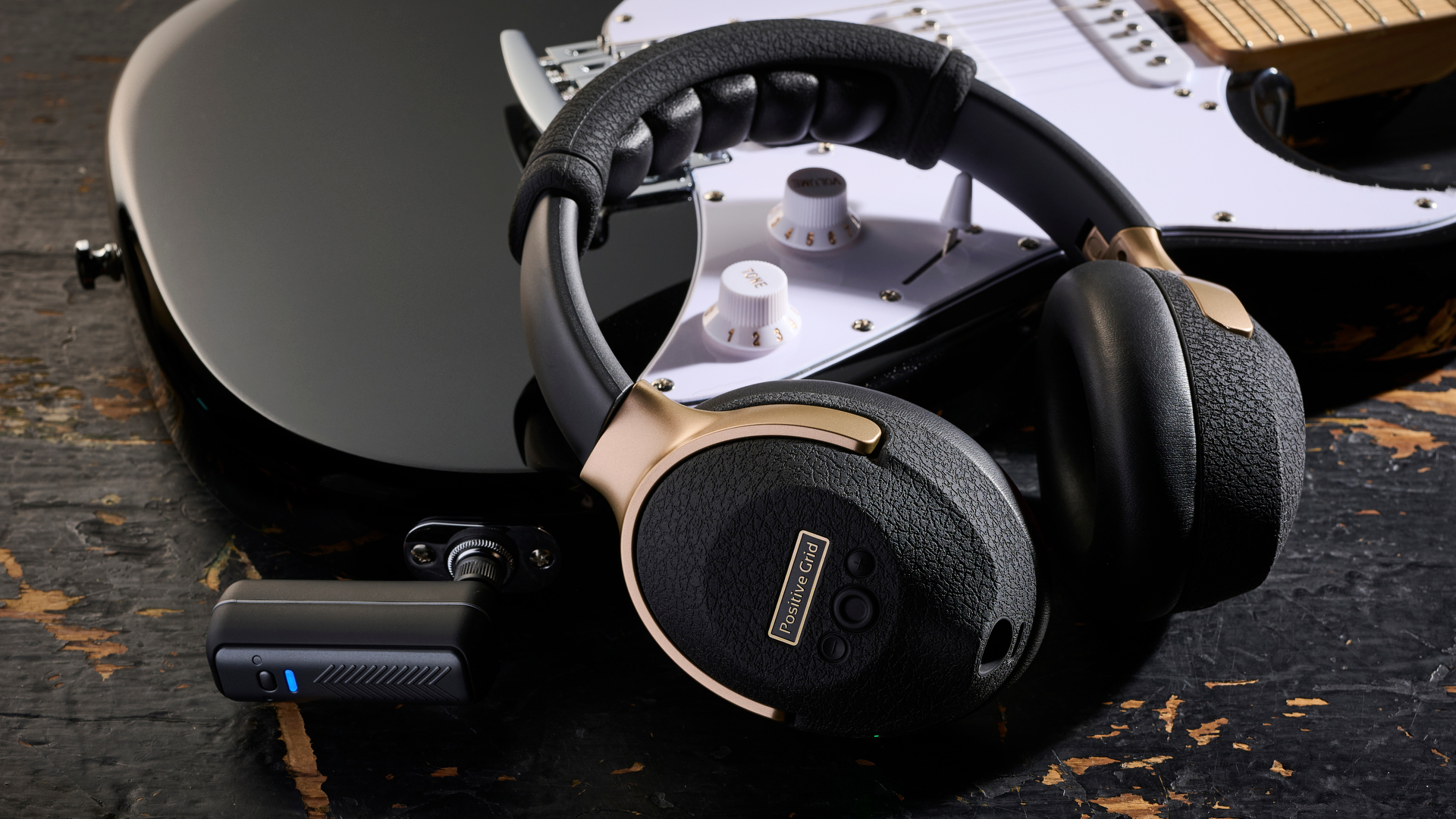
In my time with the Spark Neo, the overriding impression was this was something that could become my main amp
I think the Positive Grid Spark Neo fits into the market perfectly right now, as well as in the company's own product line. Its closest competitor costs over a third more at the time of writing, and while the Neo itself is priced than some modelling amps that plug into your guitar's jack, in return offers an excellent out-of-the-box wireless headphone experience, so the pricing here makes sense to me in context. The missing app functionality and lack of any protective case, less so.
The latter may well be offered as an option to purchase later, and I think you'll need it if you intend to take these foldable headphones outside your home. Existing Spark owners may be especially miffed at the missing app functionality, but those downsides don't shadow my main takeaway from the Spark Neo.
In my time with it, the overriding impression was this was something that could become my main amp. That may sound like an odd thing to say, but considering how much of the playing I do for fun is A) At home and B) In somewhat unsocial hours, it's completely logical why an excellent headphone modelling amp experience would be so appealing. And I wager I'm not alone. For some guitarists this could be the smartest $199 they spend all year.
MusicRadar verdict: Intuitive, immersive, stylish and comfortable, the Spark Neo is a compelling wireless headphone guitar amp solution for anyone who wants to play whenever and wherever without compromising volume – though existing Spark owners may miss some of the absent app features here.
Test | Results | Score |
|---|---|---|
Build quality | An impressive combination of comfort, style and branding – but no case included. | ★★★★☆ |
Usability | Intuitive, though for some of the usual Spark app features are not compatible here. | ★★★★☆ |
Sounds | An excellent selection of amps and effects, with excellent sound. | ★★★★½ |
Overall | For some players, this will be the practice amp solution they've been waiting for. | ★★★★☆ |
Also try
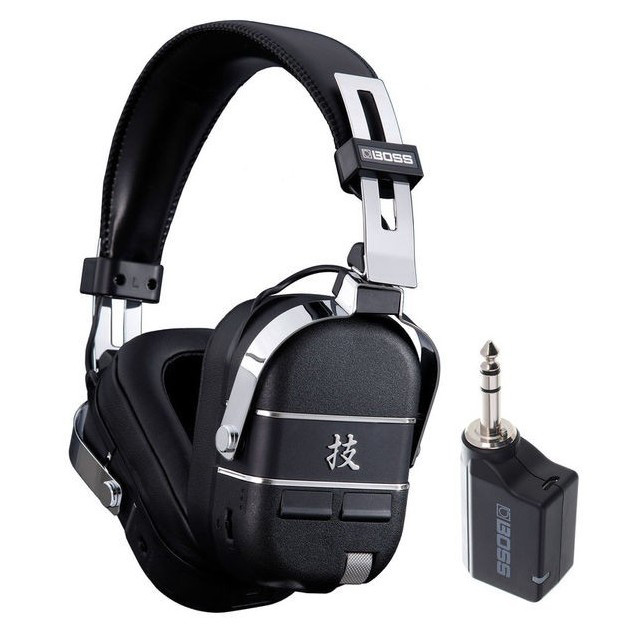
$349.99/£379
The original wireless headphone guitar amp experience, the Waza-Air still comes at a premium that seems a little at odds with its main Katana series but offers an integrated gyro sensor for an enhanced 'amp in the room' effect.

$129.99/£129
The second iteration of Fender's headphone amp offers a lot to like; app control for editing, a new integrated screen, more models and onboard presets.
Read more: Fender Mustang Micro Plus review
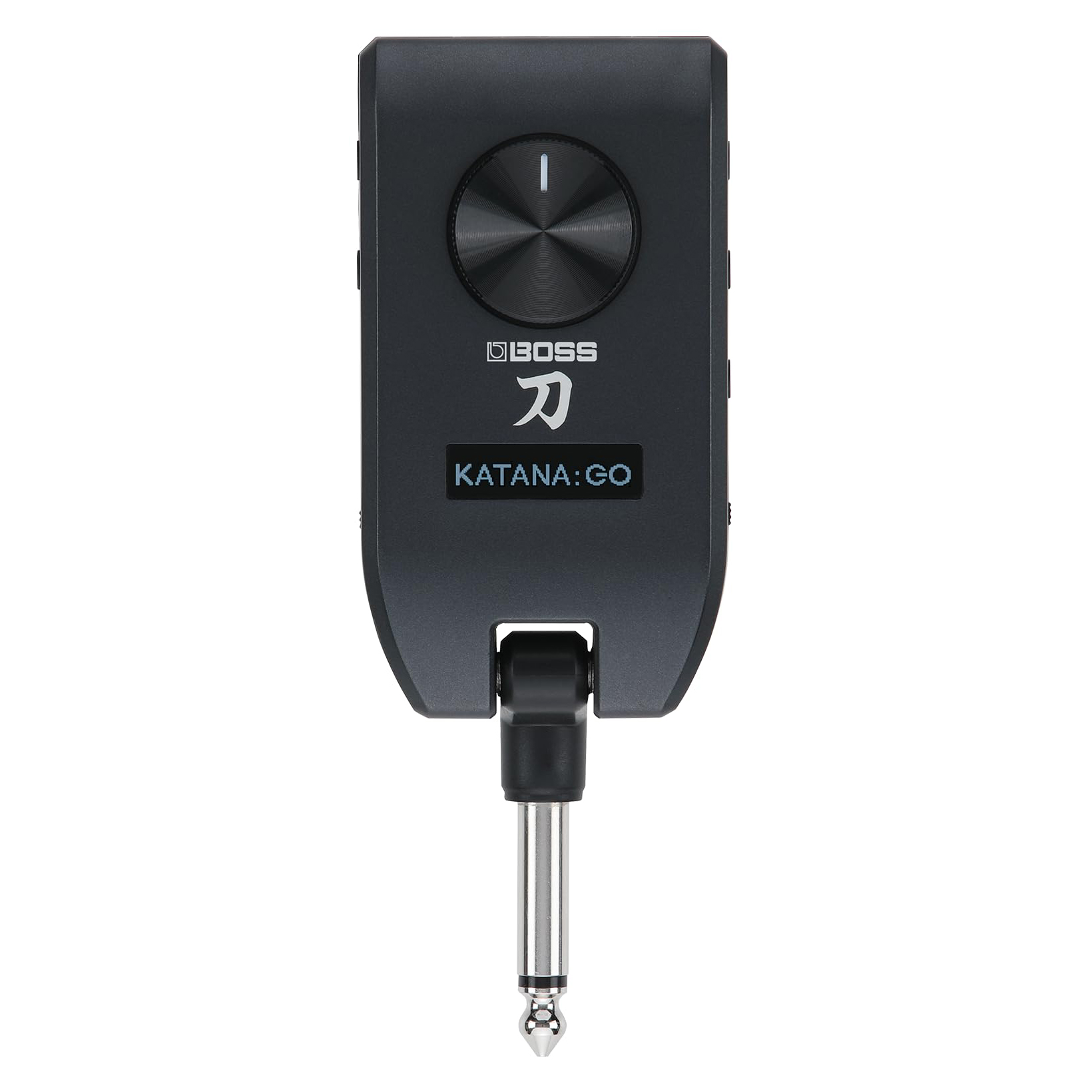
$129.99/£109
Returning after an unexpected discontinuation in 2024 due to a parts shortage, Boss's commitment to the headphone amp experience continues here with a slightly revised look. Like before there are 10 guitar amp models and 60 effects, plus a bass mode with three amps and 60 effects.
Read more: Boss Katana Go review
Hands-on videos
Positive Grid
Thomann

Rob is the Reviews Editor for GuitarWorld.com and MusicRadar guitars, so spends most of his waking hours (and beyond) thinking about and trying the latest gear while making sure our reviews team is giving you thorough and honest tests of it. He's worked for guitar mags and sites as a writer and editor for nearly 20 years but still winces at the thought of restringing anything with a Floyd Rose.
You must confirm your public display name before commenting
Please logout and then login again, you will then be prompted to enter your display name.
“Sometimes I am two people. Johnny is the nice one. Cash causes all the trouble. They fight”: How Johnny Cash drew on his own experiences to make his greatest songs
“For those on the hunt for a great quality 12-string electro-acoustic that won’t break the bank, it's a no-brainer”: Martin X Series Remastered D-X2E Brazilian 12-String review
“I have that on more records than anything else”: Take a peek inside Vaughn Oliver’s studio
